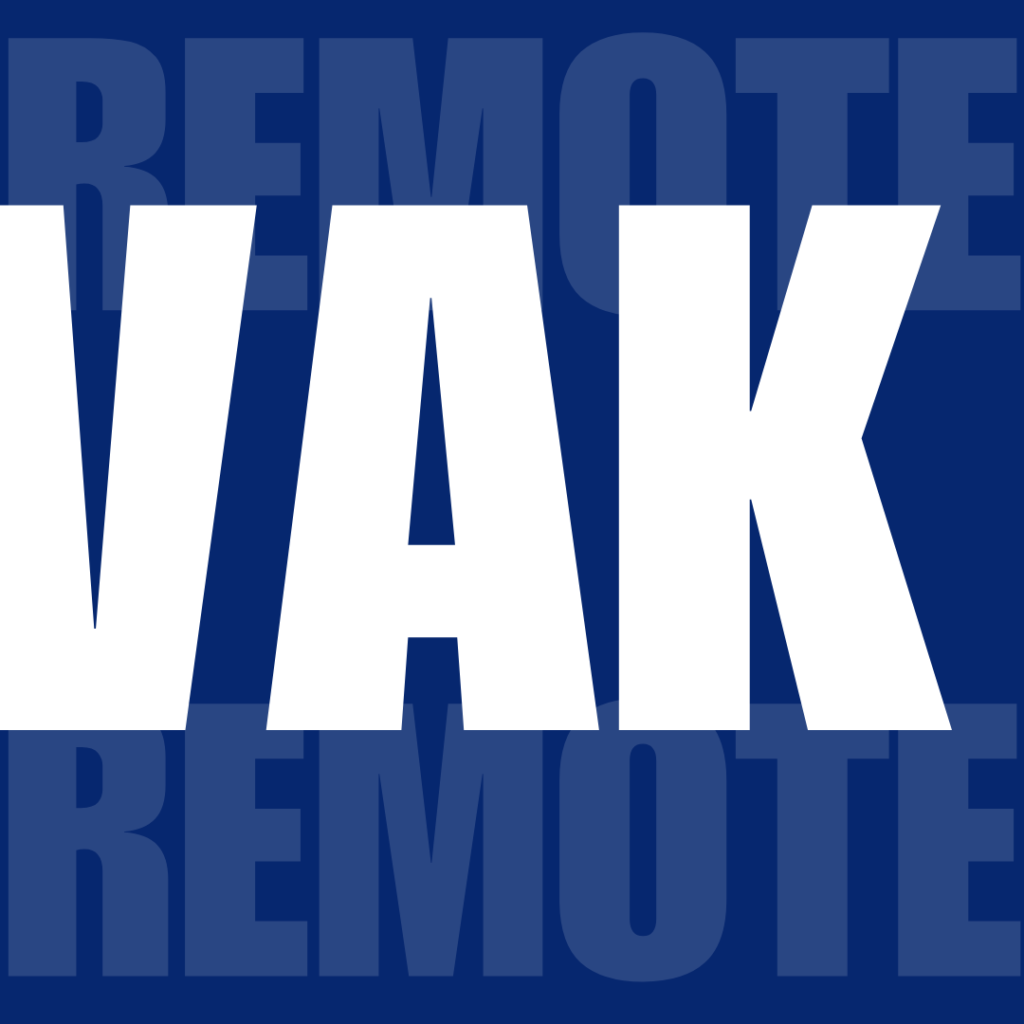
Hiring Different Personality Types Visual Auditory and Kinesthetic
Understanding how people perceive and process information can significantly improve the hiring process. Visual auditory and kinesthetic individuals each bring unique strengths to a team. Recognizing these traits helps in assigning roles conducting interviews and building balanced work environments.
Visual Types
Visual individuals learn and work best through seeing. They are typically detail oriented organized and responsive to visual cues such as charts diagrams and written instructions. During the hiring process visual candidates may respond better to structured interviews visual presentations and clean professional environments. In the workplace they excel in roles that involve design planning analysis and anything requiring visual structure.
Auditory Types
Auditory individuals prefer learning through listening. They are often strong communicators enjoy discussions and retain information through sound. In interviews they are likely to shine during verbal questioning and can be especially engaging in conversation. These candidates do well in roles involving communication negotiation customer service and education. They benefit from verbal feedback and clear spoken instructions.
Kinesthetic Types
Kinesthetic individuals process information through touch movement and doing. They are action oriented and learn best by experience. In a hiring setting these candidates may not respond as strongly to traditional interviews but can excel in practical tasks or demonstrations. They often thrive in hands on roles such as technical work construction athletics or any job requiring physical engagement. They value physical presence and often prefer active collaborative work settings.
Creating a Balanced Hiring Approach
An effective hiring strategy includes recognizing these differences and adapting methods accordingly. This means offering a mix of visual auditory and experiential elements throughout the recruitment process. It also involves observing candidates beyond their resumes by understanding how they interact and respond in real time. Matching personality types with appropriate job functions can lead to higher satisfaction productivity and long term retention.
Conclusion
Hiring is not only about skills and experience but also about how people connect with the world. By understanding whether a candidate is visual auditory or kinesthetic companies can make better hiring decisions and create more dynamic and effective teams. A diverse mix of these personality types brings balance and strength to any organization

